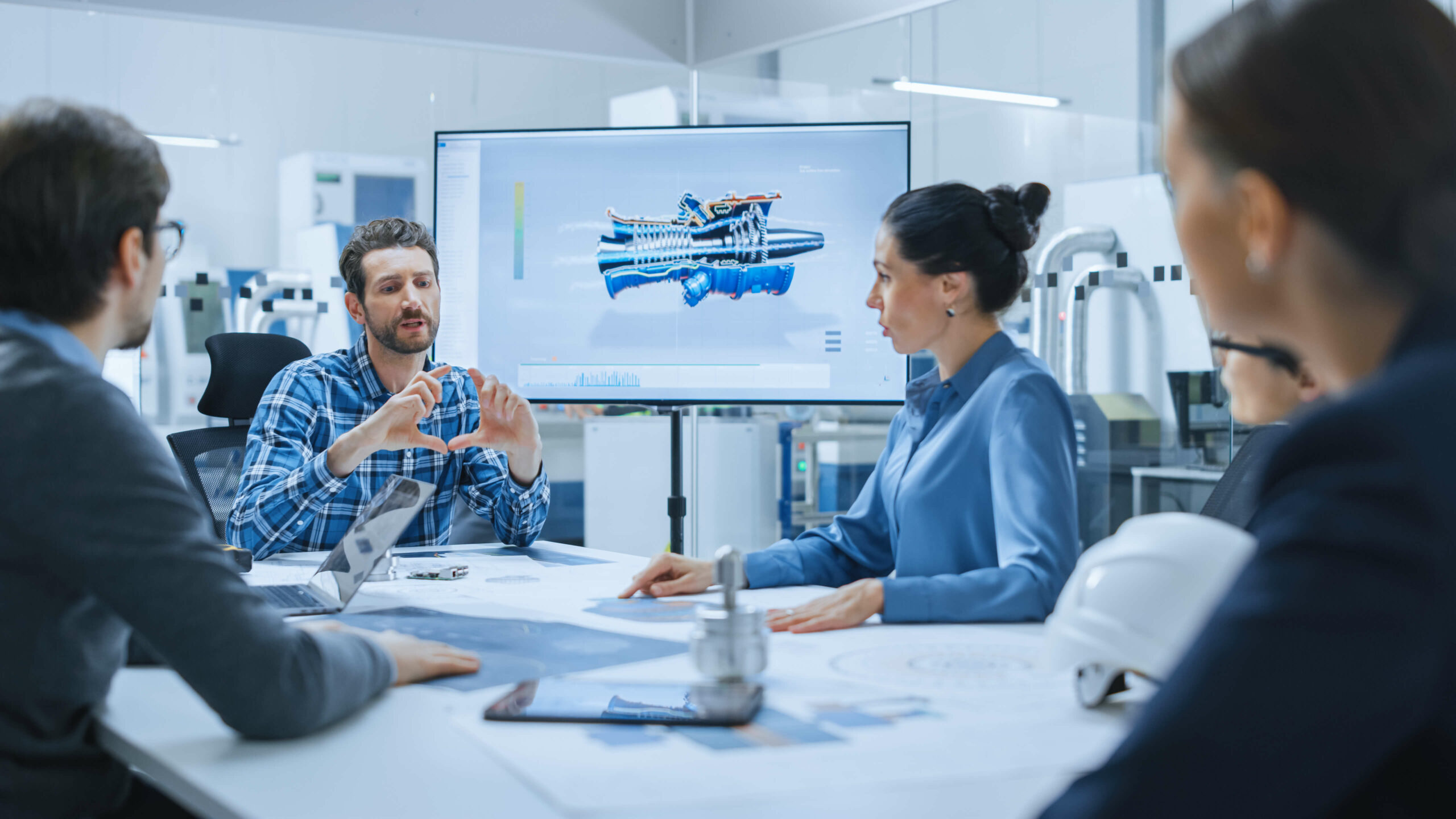Applied Control Engineering
Overall Course Objectives
The aims is to give the students a basic academic competence within the theory and methods of control engineering in order to analyze, model, simulate and design continuous PID control for mechanical and electrical control systems using classical linear control.
The course is founded on both theoretical and practical work, as well as technical writing.
See course description in Danish
Learning Objectives
- Derive mathematical models of simple dynamical systems.
- Translate from time domain to Laplace-domain and back.
- Translate from system of equations to block diagram and back.
- Linearize non-linear systems.
- Characterize the transient respons of 1. order and 2. order systems.
- Compute poles and zeros, and characterize the system behavior on that account.
- Perform stability analysis, time series analysis, and frequency analysis.
- Design a controller by pole placement and Ziegler-Nichols method.
- Apply MATLAB and SIMULINK for analysis, dimensioning and simulation of control systems.
- Operate a control system in the lab, and write a technical report.
Course Content
Mathematical models of mechanical and electrical systems. Laplace transformation and transfer functions. Linearization. Open and closed loop. Transient analysis. Root locus. System order and type, and minimum phase/non-minimum phase. Final value theorem. Static gain. Stationary error. PID-controller. Frequency analysis. Lead-, Lag, and Lead-lag controller. Pole placement. Ziegler-Nichols tuning of PID-controller. Exercises in the lab.
Teaching Method
The course is based on lectures, exercises, computer based simulation exercises on your own PC, and experimental work ind RobotLab
Faculty
Remarks
Section of Mechanical Technology
Mechanical Engineering, Ballerup: 3. semester
This course is an integral part of the education industrial innovation “Mechanical Engineering”. However, it is relevant to other engineering students interested in issues such as verification of various systems in machine plants, power plants, robots and control systems for cars, ships and aircraft.



